Have you noticed another drop in your organic reach?
Were you aware that Facebook made another change to their algorithm?
If you do Facebook marketing, one thing that you might want to understand is the Facebook algorithm.
This could be the “Nightmare Scenario” For Publishers: Facebook Testing A ‘Pay-To-Play‘ Model
The Facebook algorithm helps make sense of the huge number of posts that people and businesses share every day and chooses the posts to show in our News Feed based on a huge number of factors.
Last week, the world got wind of the biggest Facebook algorithm change in years. Google officially reclaimed its spot as the top source of referral traffic since Facebook overtook it in August 2015, which means the world’s biggest social network has been pushing less and less traffic to content.
According to a Parse.ly data analysis of over 2,500 sites, Facebook referral traffic now sits at 35.1 percent, while Google referrals are hovering just above 40 percent. Combined, the two tech giants own 85 percent of the mobile ad market and make up nearly 80 percent of all referral traffic to publisher and branded content sites.
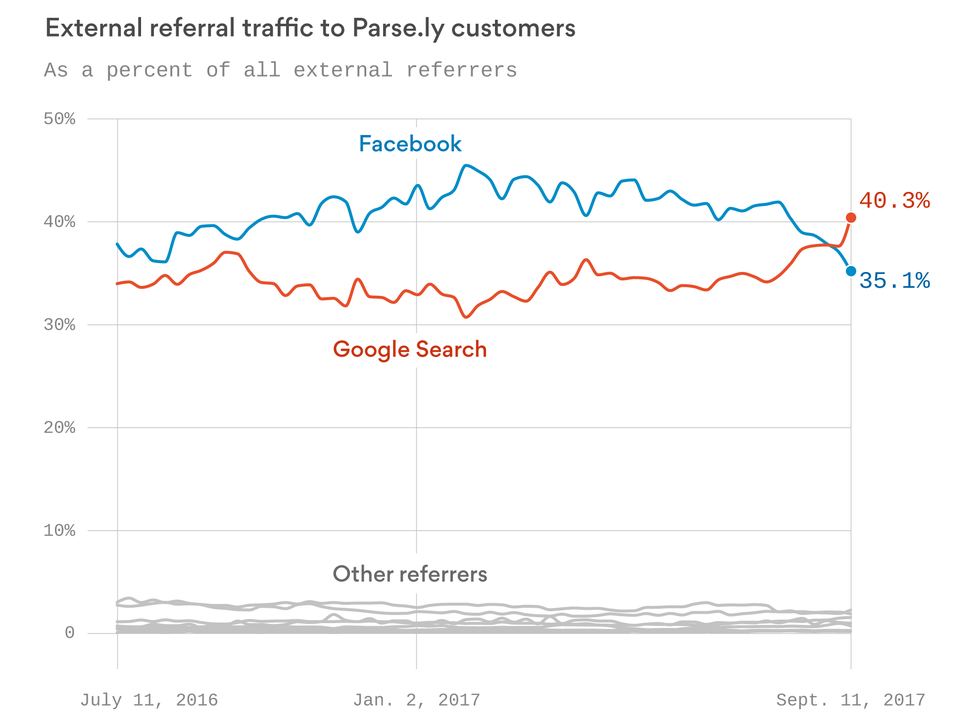
LINK POSTS ARE ON THE DECLINE
Facebook recently cracked down on clickbait posts that display a fake “play” button to trick people into clicking on a URL, which may explain part of the dip. But in my view, that isn’t the whole story.
Facebook has long been transparent about its desire to prioritize native content that keeps you there over links that take you to an external site. It’s time to prepare for another drop in organic traffic to blog posts and other “owned” website content.
PAID DISTRIBUTION IS MORE IMPORTANT THAN EVER
For content marketers, Facebook’s biggest value is as a paid distribution network. It has the greatest combination of targeting, reach, and cost efficiency of any distribution platform. And that’s not just for B2C companies.
Professional and B2B content performs much better than most marketers realize
OVERVIEW OF FACEBOOK ALGORITHM
https://www.facebook.com/FacebookforDevelopers/videos/10153644318738553/
Do this: The Facebook algorithm loves …
- https://www.facebook.com/FacebookforDevelopers/videos/10153644318738553/
- Posts with lots of Likes, comments, and shares
- Posts that receive a high volume of Likes, comments, or shares in a short time
- Posts that are Liked, commented on, or shared by one’s friends
- Link posts
- Post types that one interacts with often
- Post types that users seem to prefer more than others (e.g., photo, video, or status update)
- Videos uploaded to Facebook that receive a large number of views or extended viewing duration
- Posts that are timely or reference a trending topic
- Posts from Pages that one interacts with often
- Posts from Pages with complete profile information
- Posts from Pages where the fan base overlaps with the fan base of other known high-quality pages
Watch out for: The Facebook algorithm is not too keen on …
- Clickbait
- Like-baiting
- Posts that include spammy links
- Frequently circulated content and repeated posts
- Text-only status updates from Pages
- Posts that are frequently hidden or reported (a sign of low quality)
- Posts that ask for Likes, comments, or shares
- Posts with unusual engagement patterns (a like-baiting signal)
- Overly promotional content from Pages—pushing people to buy an app or service, pushing people to enter a contest or sweepstakes, posts that reuse the same text from ads
PUBLISHERS – MEDIA PARTNERS
Remember when Facebook first offered to pay “media partners” to create video content for its news feed?
A lot sure has changed since then… and that was only six months ago. In a development that’s elicited anger among journalists and various content providers, the world’s largest social media company appears to be testing a new content-distribution model that would move it away from an organic, free-for-all to a pay-to-play environment.
Predictably, news of the tests prompted howls of rage from the media establishment, which depends on Facebook’s referral traffic for survival.
As Mashable reports, a Slovakian journalist pointed out that Facebook has quietly started removing posts from its users’ primary newsfeeds and relegating them to a new secondary feed called “Explore” that Facebook debuted last week.
Facebook is still only testing this strategy in a handful of markets. But as Recode points out,the Explore Feed’s purpose is to show users posts from people or publishers they don’t follow, in hopes that they’ll find new stuff they wouldn’t otherwise see. In some countries, though, the social giant is also testing putting all publisher content in this secondary feed, even if you do follow those publishers.
The new strategy would create what Mashable described as “battlefield of pay to play where publishers have to pony up the dough to get back into the News Feed.”
Meanwhile, Facebook says it’s goal is to separate personal updates from family and friends from news stories that are widely disseminated on its app.
However, the notion that media organizations – many of which are struggling to survive now that Facebook has siphoned off the advertising business on which they used to depend – might soon need to pay to promote their stories would create a “nightmare scenario” for legitimate publishers, while also undercutting the company’s mission to crack down on “fake news” on its platform.
EXPLORE FEED
While Facebook claims it doesn’t plan to roll this out globally right now, the fact that Zuckerberg is even testing this should be terrifying for publishers who are heavily reliant on the newsfeed for distribution. As Recode explains, the new Explore Feed is not easy to find. It’s buried on the lefthand rail on Facebook’s web version, or in the “Explore” tab on the iOS app.
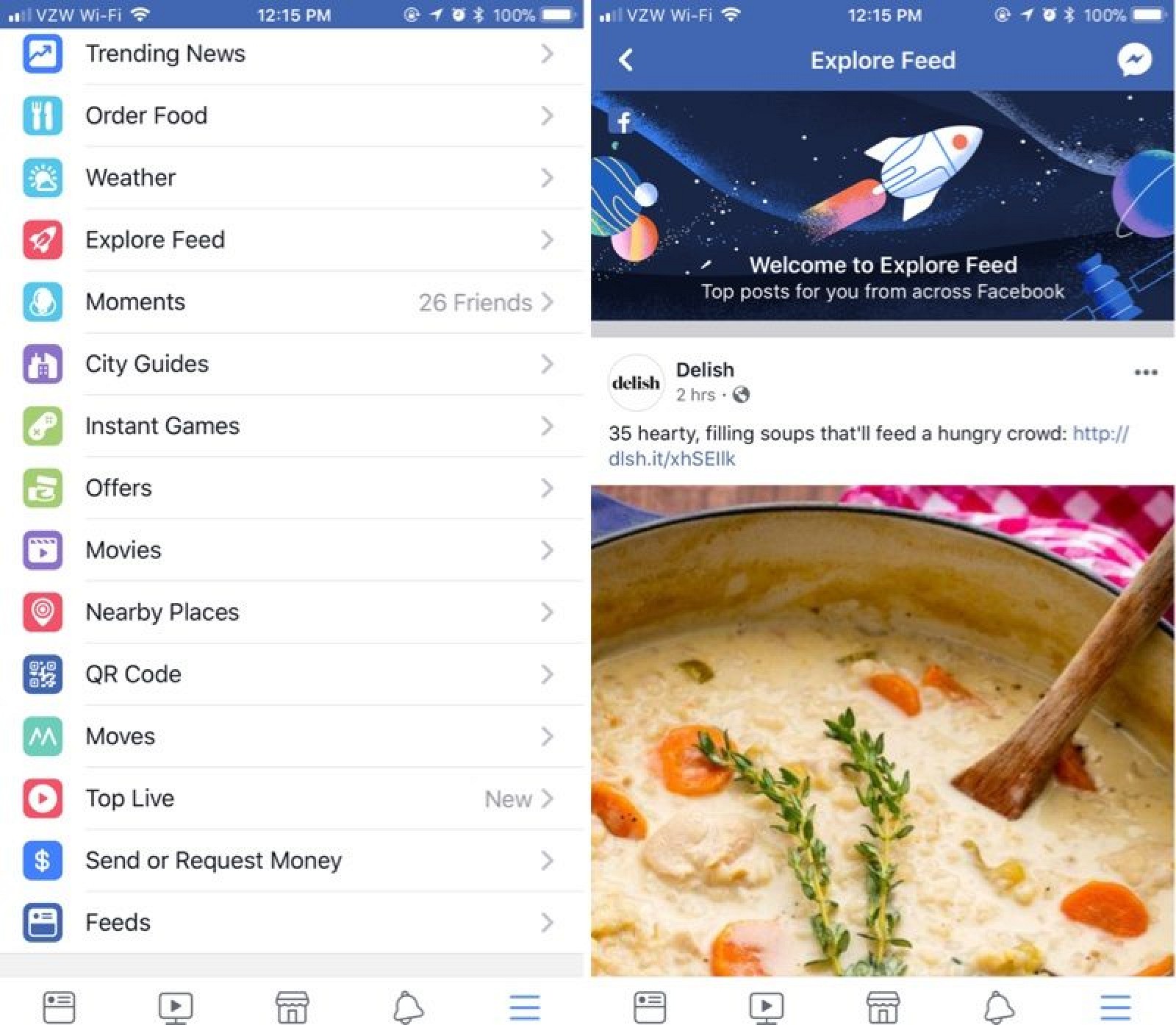
Placing this type of invisible barrier between users and content would create a huge problem for media companies. In Slovakia, for example, where this new test is under way, a journalist wrote on Medium over the weekend that organic reach for publishers fell by “two-thirds” after Facebook moved Page posts to the Explore Feed.
In an era when two-thirds of Americans say they get some or all of their news from social media, the mere thought of paying for placement fills publishers with margin-crushing dread. And as Recode points out, Facebook has a long history of changing the rules on a whim, leaving publishers scrambling to keep up.
Or, as one Twitter user put it…
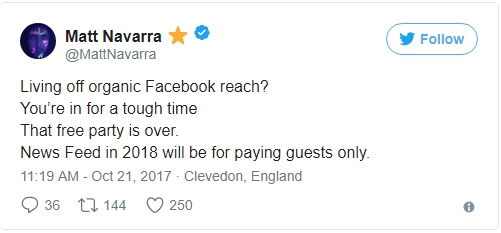
All relevant changes to the Facebook News Feed algorithm
(Last updated: October 2017) – Provided by Buffer
Here’s a summary of all the changes in 2017 that are relevant to social media marketers, in reverse-chronological order.
If you want to know more about any particular change, just click on the quick link and you’ll get more information about the change and how it may affect your Page.
- August 28, 2017: Pages that share false news will no longer be able to run Facebook ads.
- August 17, 2017: Posts that pretends to be a video will be demoted in the News Feed.
- August 2, 2017: Posts with links that load slowly on mobile will be shown less in the News Feed.
- May 17, 2017: Posts with clickbait headlines will rank lower in the News Feed.
- May 10, 2017: Posts that link to websites with low-quality experience will rank lower in the News Feed.
- January 31, 2017: Authentic and timely posts will rank better in the News Feed.
- January 26, 2017: Long, engaging videos will rank better in the News Feed (than short, engaging videos)
What Marketers Need To Know About Advertising Through Facebook In 2017
Advertising through Facebook will continue to evolve just as it always has in the past. What marketers need to know going forward in 2017 is that engaged conversations will get their posts and advertisements shown more regularly in others’ News Feeds. Also, News Feed will begin weighing
Reactions more than Likes on a post or ad. This increases the need for quality content that will make users want to engage in the conversation. Your post has the ability to recycle through News Feeds as users comment and interact causing more and more users and friends of friends to see the post.
Mobile devices are now more popular than ever, especially when it comes to interacting on Facebook. Marketers not only need to worry about producing quality content, but they must make sure that anything they post (including links to articles) must be optimized for mobile devices.
One of the most important things marketers must do is stay up-to-date with every algorithm change. What worked in the past does not necessarily work now, and what works now may not work in the future.
Stay current on how social media evolves and be prepared to evolve with it.
About Blair

Blair Evan Ball is a Social Media Coach and founder of Prepare1, a company that works with businesses, individuals and non-profits. He is a former executive with a Fortune 50 company, and his national division did $1Billion+ in sales annually.
Blair has written three e-books: Facebook for Business Made Easy, Facebook Pages for Business Made Easy, and WordPress Blog Setup Made Easy.
Blair also educates, trains entrepreneurs and business professionals how to amplify their brand, increase revenues, and raise more funds.
![[Study] How Will Businesses Change Their Social Media Activities 5 Golden Rules for Sharing on Social Media](https://www.prepare1.com/wp-content/uploads/2014/03/COACH-logohat-162x300.jpg) The Race is ON! | PREPARE | Get into the Game and WIN!
The Race is ON! | PREPARE | Get into the Game and WIN!
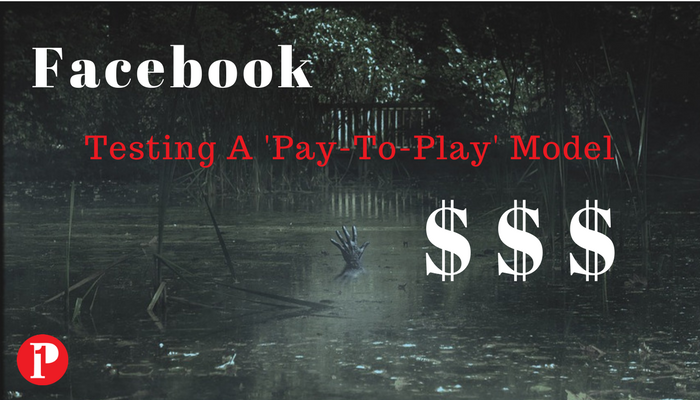
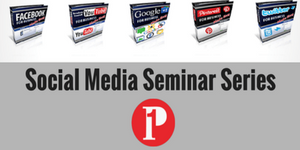



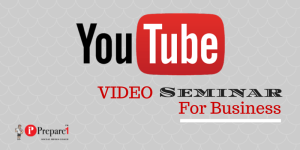
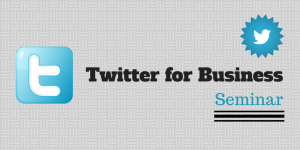
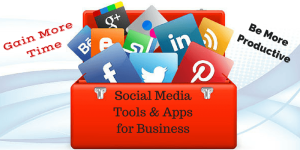

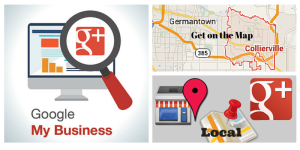

Comments on this entry are closed.